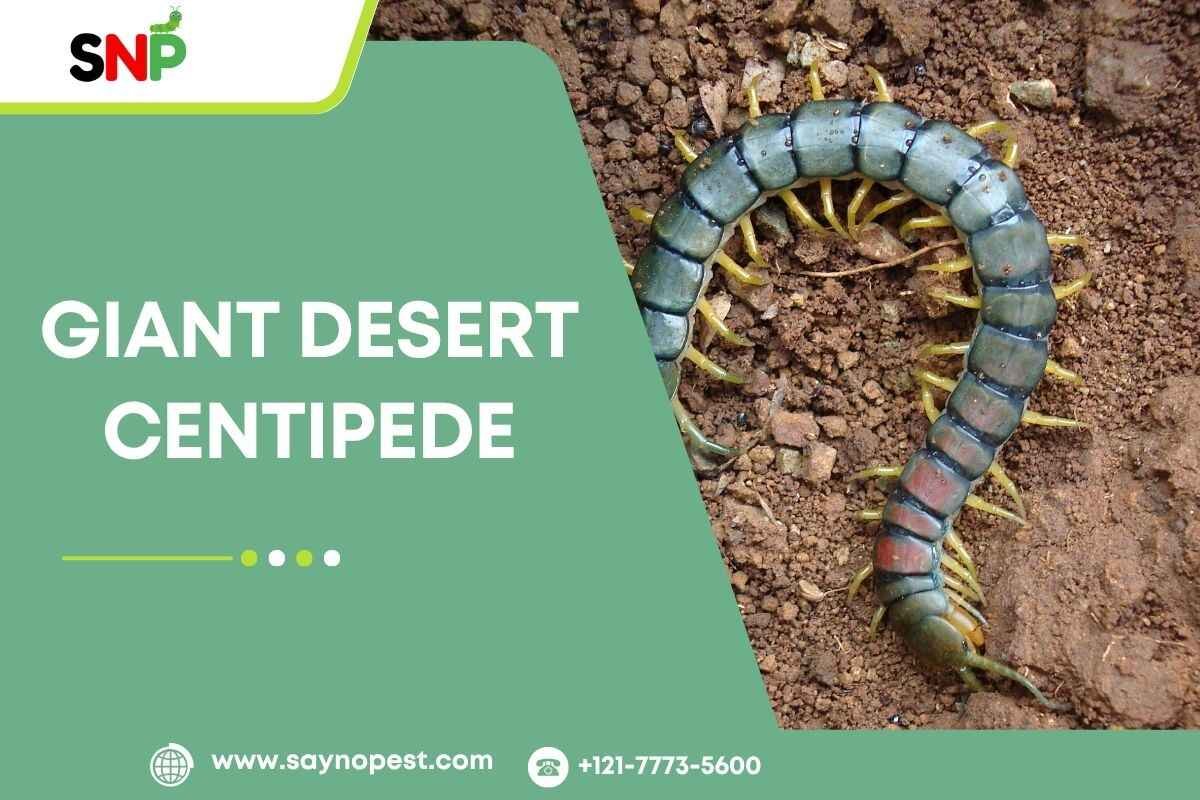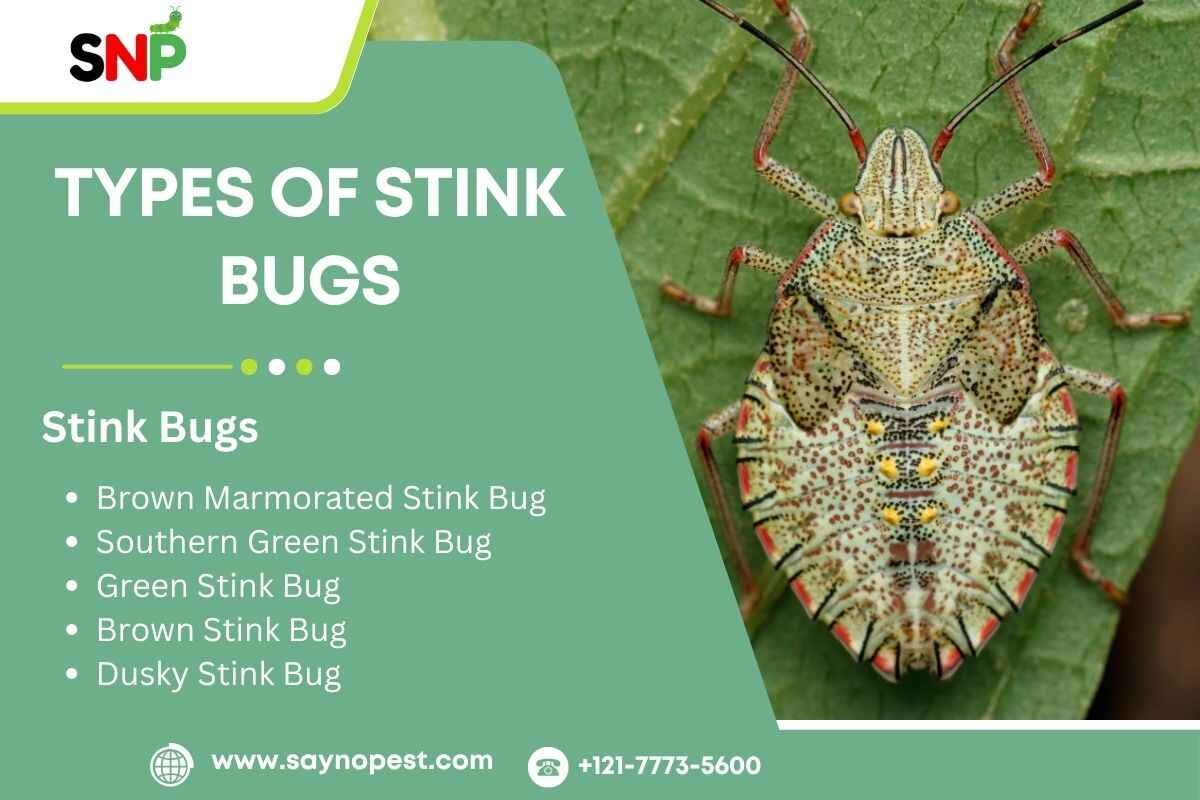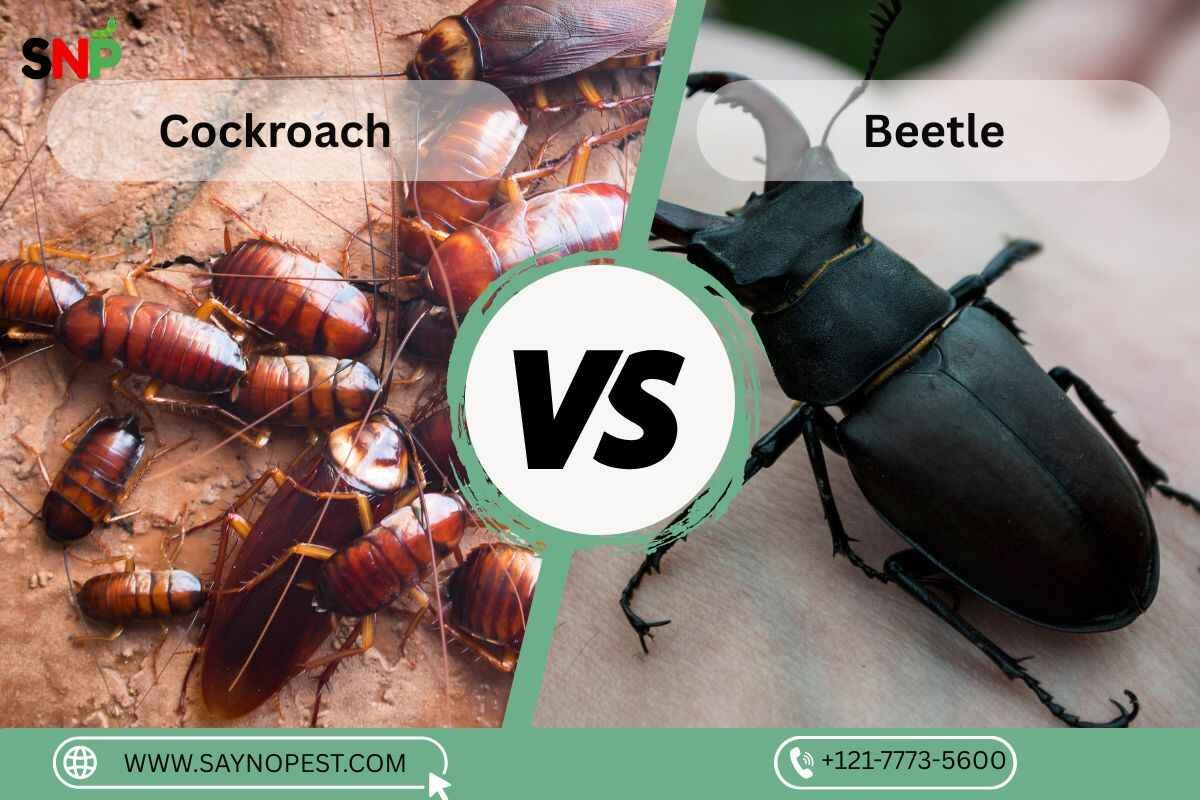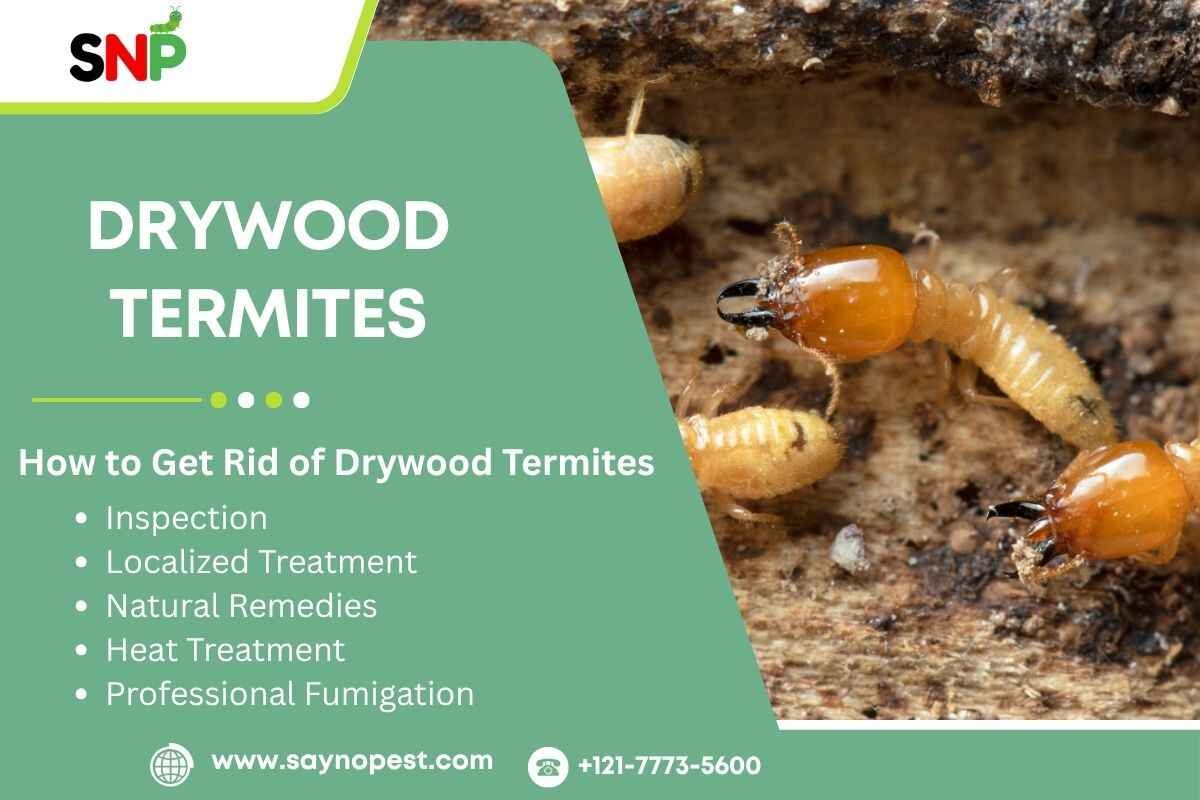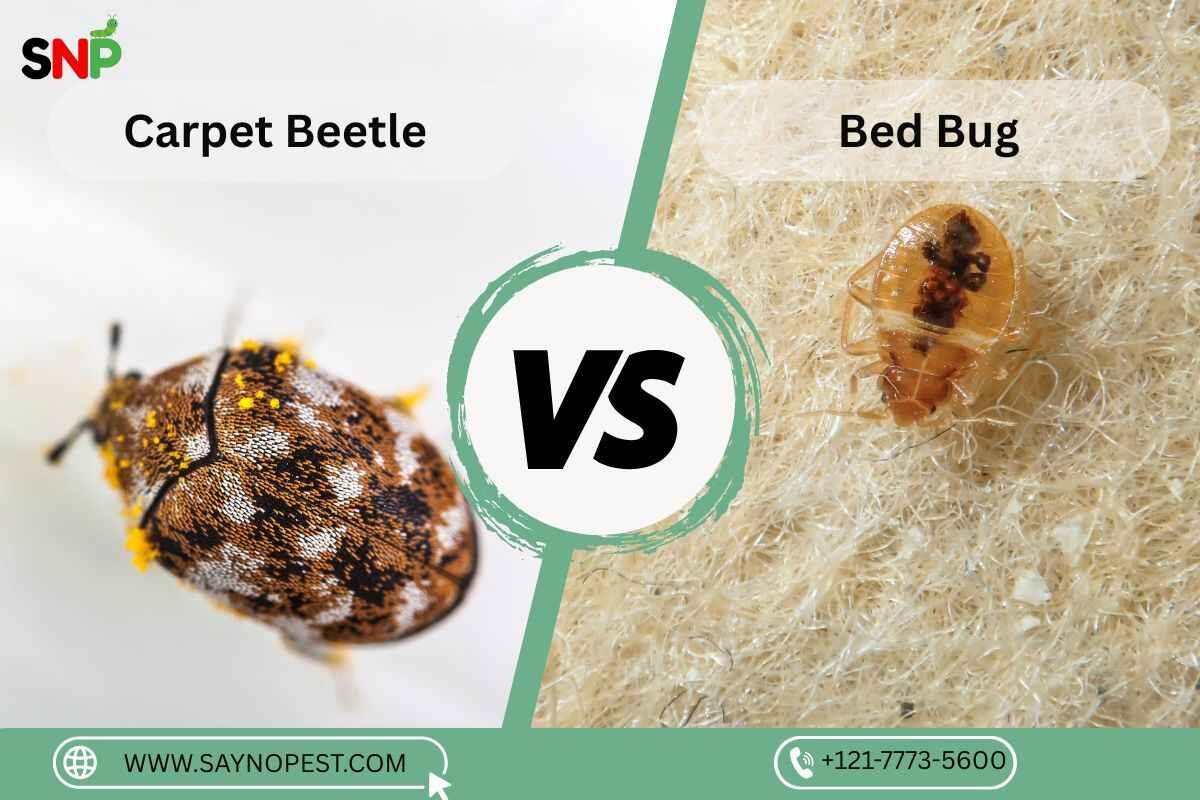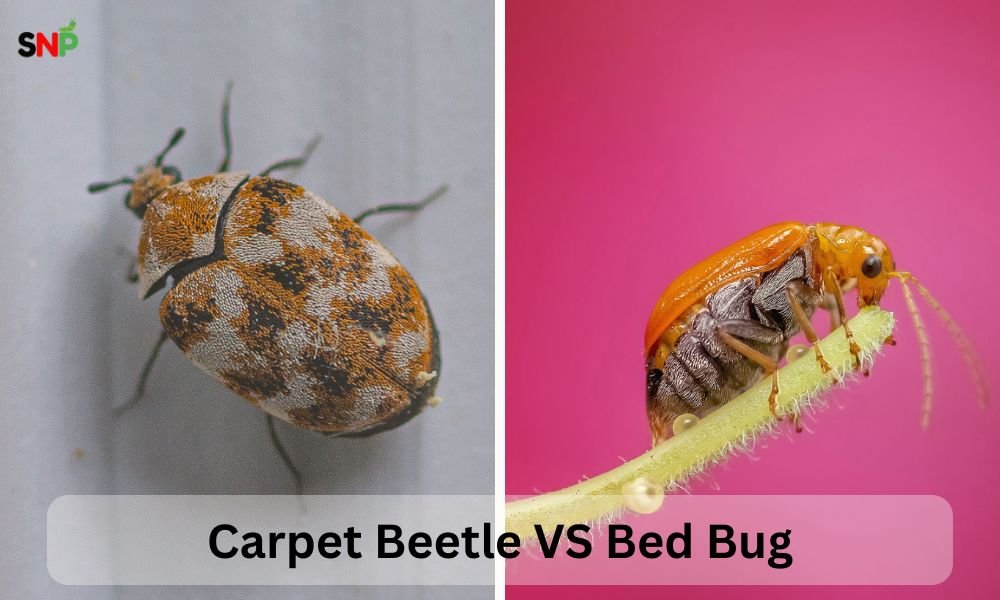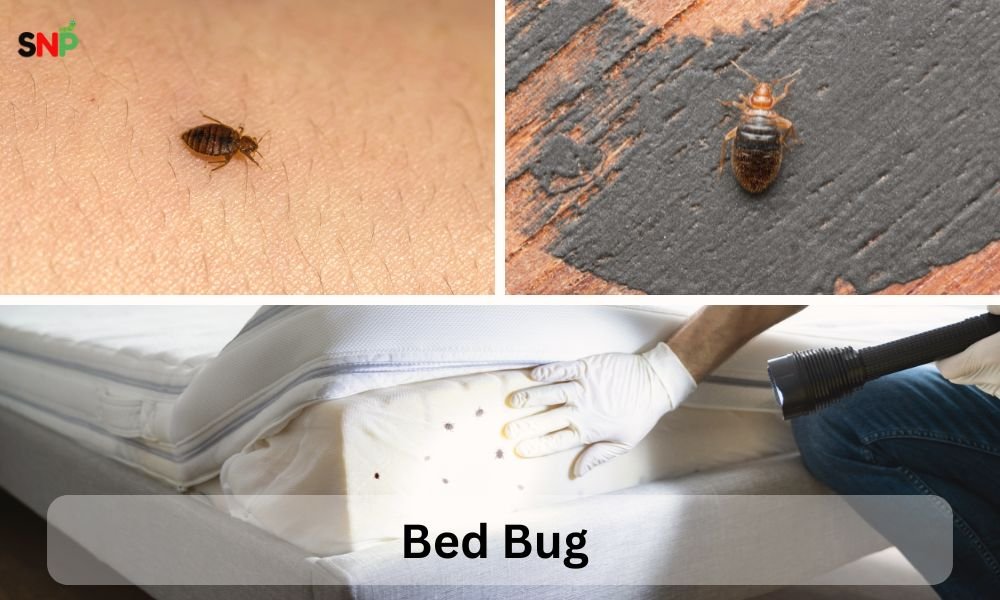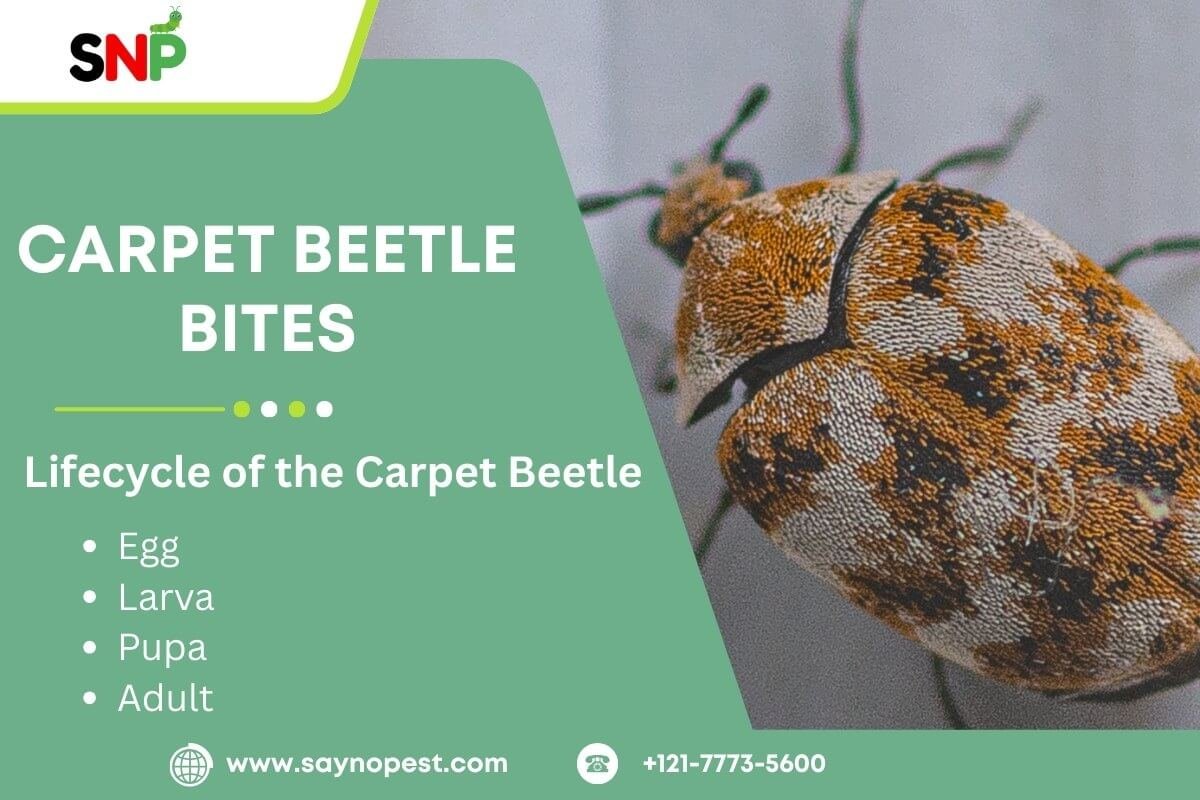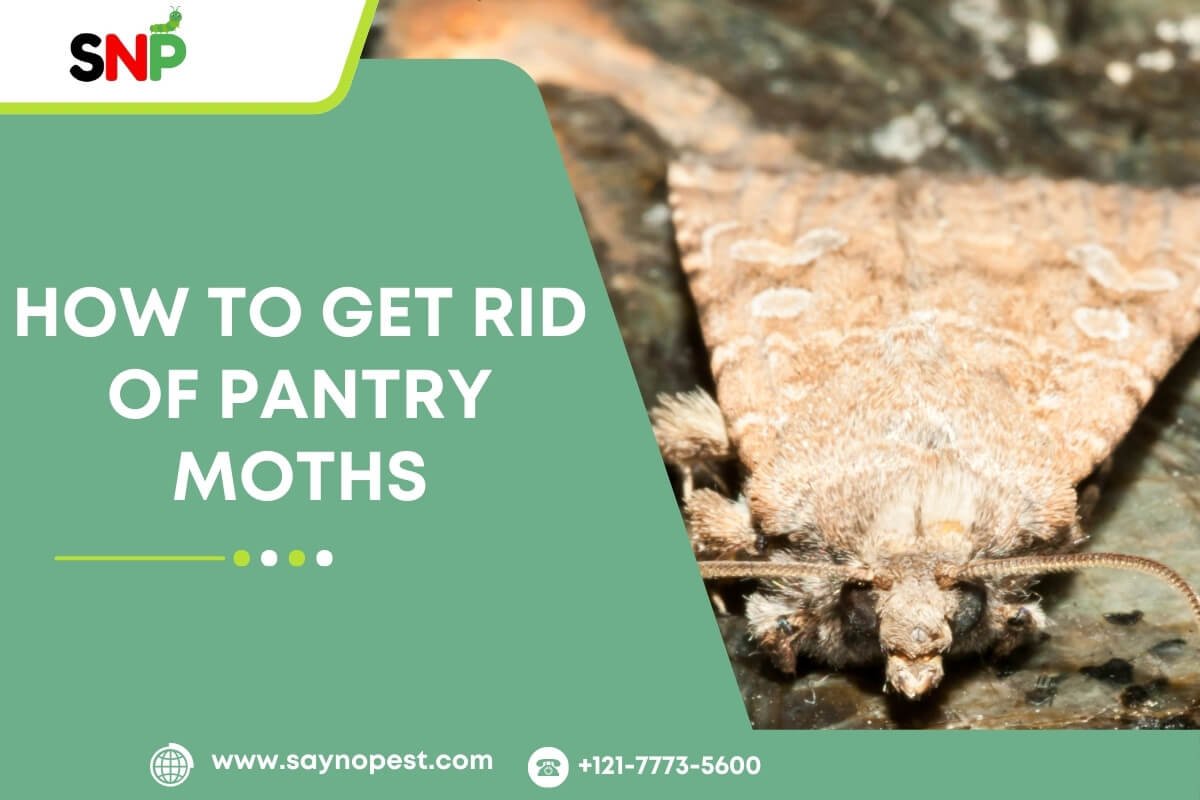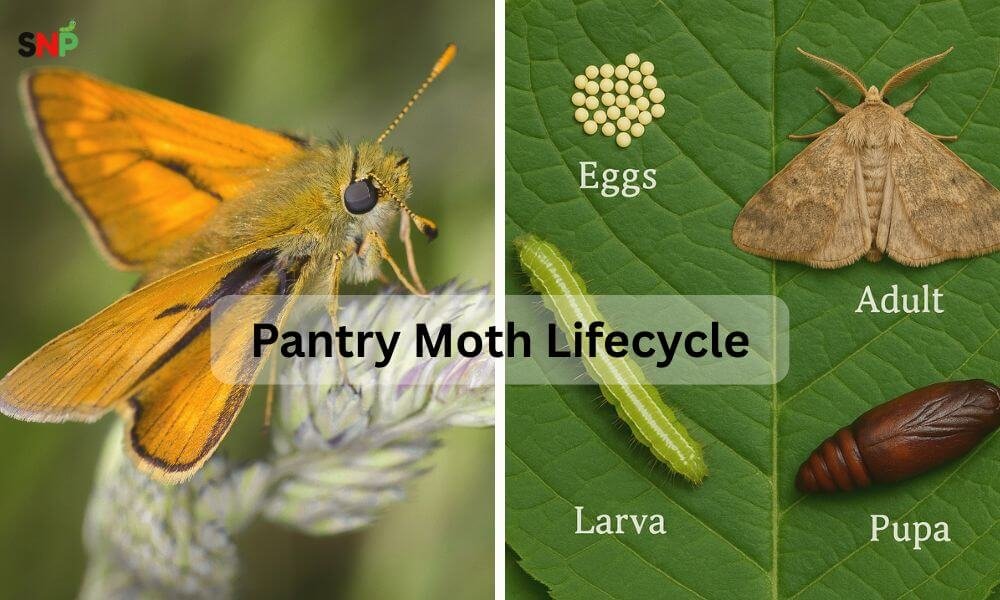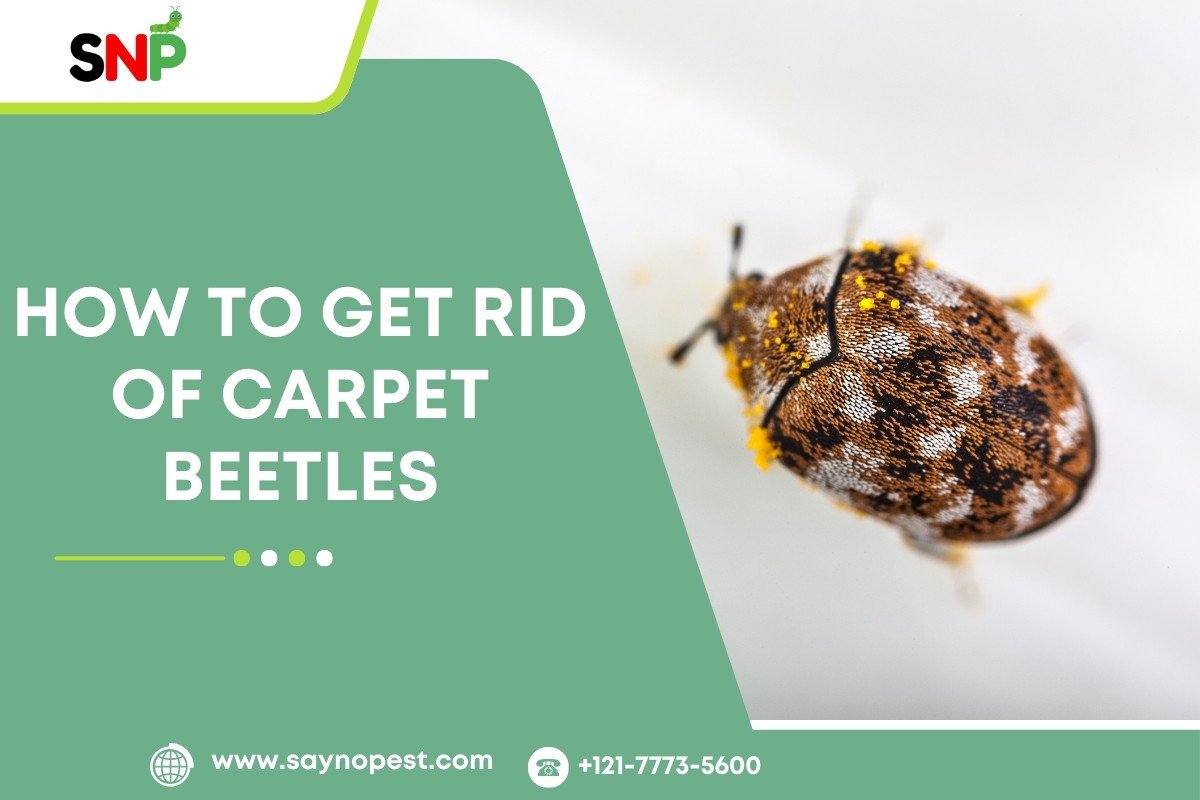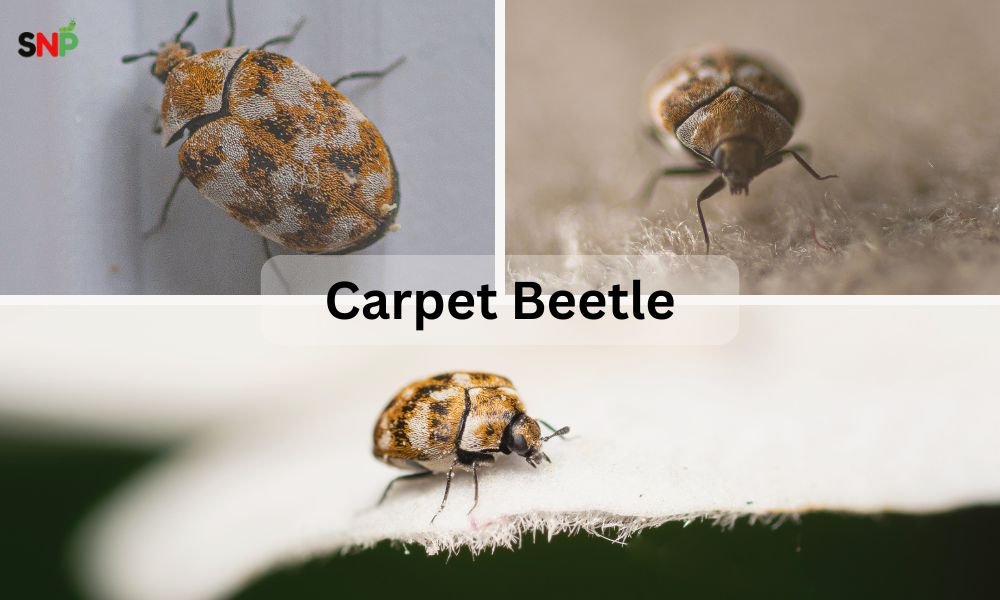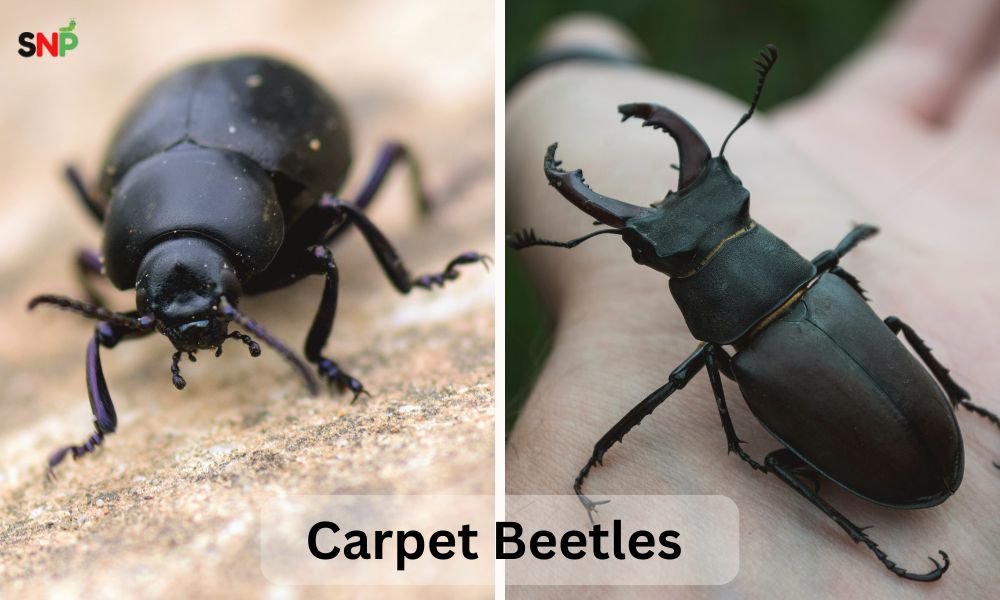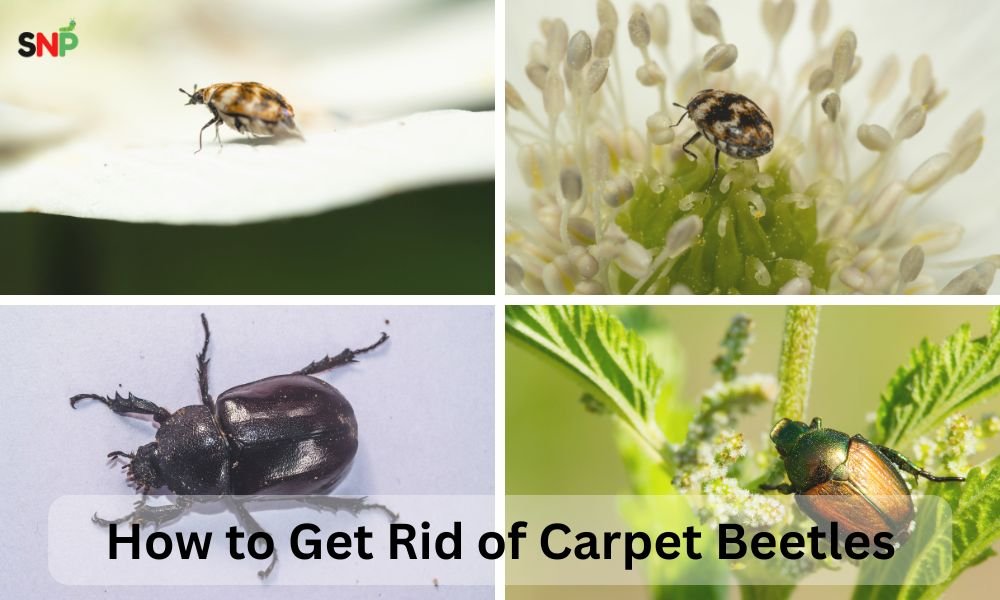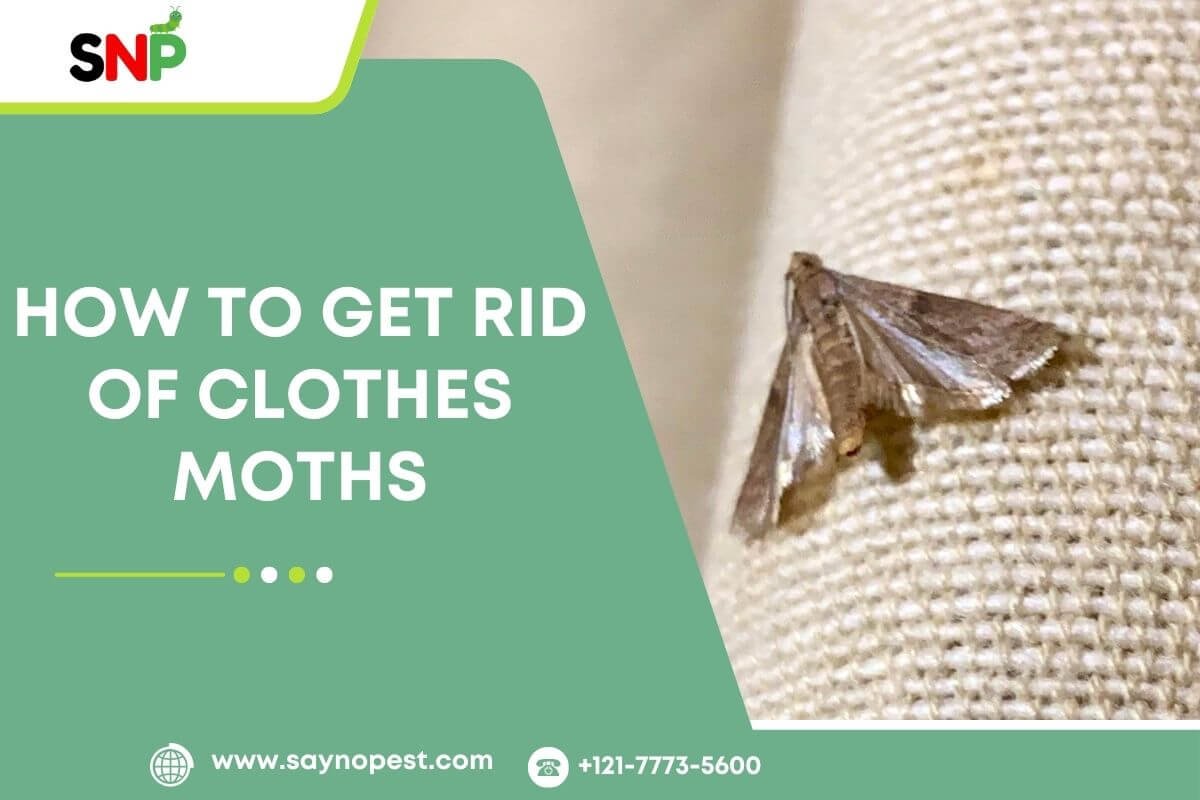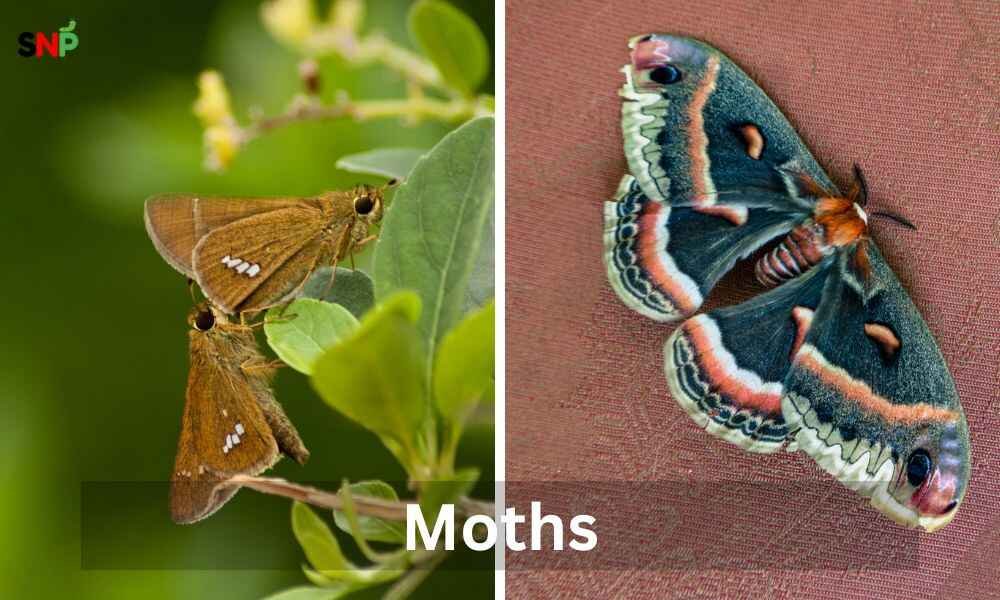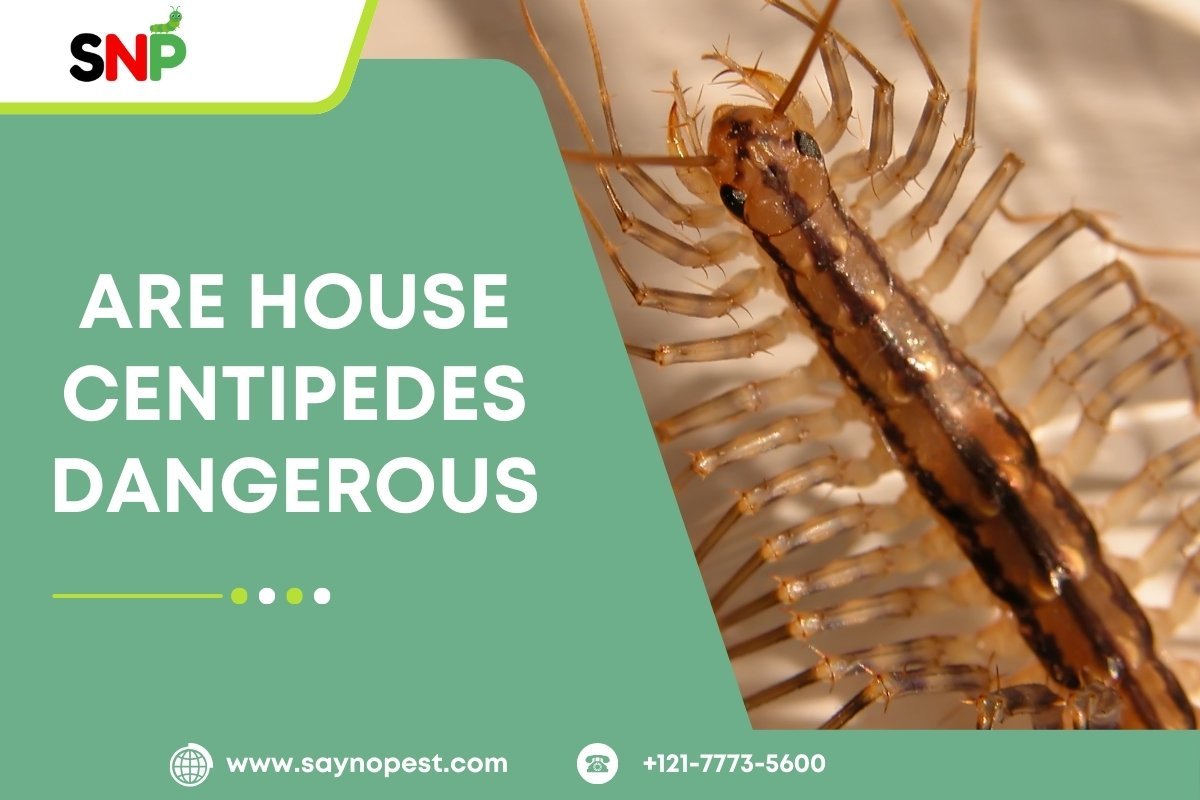The desert centipede stands as one of the most fascinating arthropods that inhabit the southern region of the United States. This creature stands out with its massive size and beautiful appearance, together with its dangerous venomous bite, which earns it the names desert centipede and giant centipede. Understanding the giant desert centipede stands as essential knowledge for both naturalists who love nature and homeowners who need pest protection to maintain their health and safety.
What Is the Giant Desert Centipede?
Native to North America the giant centipede (Scolopendra heros) stands as the largest species of this arthropod. The giant desert centipede’s orange body with black head and tail helps observers easily identify this species against standard-sized centipedes. The giant centipede preys at night while feeding on insects arthropods and vertebrates consisting of lizards and toads.

Habitat of the Giant Centipede
The giant centipede inhabits both desert environments and arid and semi-arid areas beyond its namesake habitat. The Sonoran and Chihuahuan Deserts serve as primary habitats for the giant desert centipede, yet the creature also occupies rock woodlands and plains, and rotting wood reserves. The desert centipede uses rocks and logs and bricks, and other debris to hide from the heat during daytime hours. Female giant centipedes protect their eggs by placing them in secret hiding spots like rotting wood or beneath rocks while they guard them until their offspring reach a size that allows them to begin their life journey.
Lifespan of the Giant Desert Centipede
The giant centipede has a pretty long life among arthropods. A typical specimen can live up to 6 years and as few as 1 year. The centipede is also said to be able to survive not only up to 5 years but also to even more in nature. This feature is due to the mother’s care and the shelter she offers the offspring, which are quite vulnerable in their egg and larval stages.
The Giant Desert Centipede Bite: What to Know
Nothing establishes the status of a giant desert centipede like the topic of its bite. The giant desert centipede delivers its venom through modified front legs known as maxillipeds, which both attack prey and potentially bite humans to defend themselves. Desert centipede bites deliver intense pain but rarely threaten human survival yet they may trigger severe allergic reactions in sensitive individuals.
The following are some of the symptoms of a giant centipede bite :
- Two puncture marks at the bite site
- Intense localized pain
- Swelling and redness
- Possible headache, nausea, or mild skin necrosis in rare cases

How to Treat and Prevent Giant Desert Centipede Bites
The following treatment plan should be followed when you experience a giant centipede bite to control pain and minimize infection risk.
- Clean the wound: Wash the infected area with soap and clean water as this reduces the infection chances in the body.
- Apply ice packs: You should use ice packs wrapped in cloth for 10-minute intervals to manage pain and to control the swelling.
- Take over-the-counter medication: Over-the-counter pain medications, including aspirin and anti-inflammatory drugs, help treat mild allergic reactions when used appropriately.
- Monitor for severe reactions: Contact emergency medical services right away when you notice breathing problems or severe swelling or develop a skin rash.
Protection and Removal Tips
To prevent both chance contact with a giant centipede and the subsequent risk of being bitten by a desert centipede, utilize the methods of prevention:
- Clear the clutter, rocks, and woodpiles around your home.
- Close up cracks and gaps in the foundation, doors, and windows of your home.
- Make sure that the place is dry by repairing leaks and airing out the crawl spaces.
- Reduce the population of insects, as there will be no food for the desert centipede
If you notice a giant desert centipede inside, wear gloves or use a tool to remove it to safety, or you may call a specialist to handle it.
Conclusion
Across the American Southwest, the giant desert centipede
exists as a remarkable creature that serves crucially to regulate pest populations. These centipedes look intimidating, but they lack aggressiveness because they only use biting as a defense mechanism. The ability to safely share space with giant centipedes requires knowledge about their home environment as well as their life expectancy and behavior patterns, alongside basic precautions for encounters. Pest control services provide professional solutions to homeowners who need assistance with eliminating centipedes from their residences. Knowledge, along with protective measures combined with admiration for wildlife diversity, will lead you to a safe encounter with American wild creatures.
